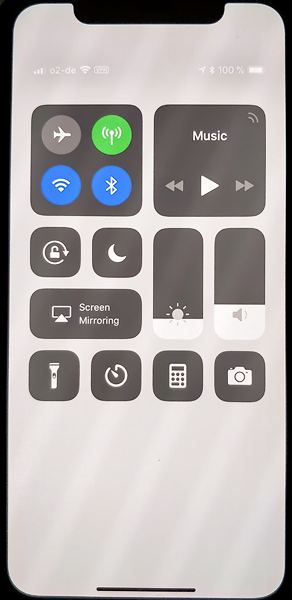

This requirement goes into effect in January 2017. Title 24 requires high efficacy sources to be “low flicker operation”, which means that the LED product will have less than 30% flicker at frequencies below 200 Hz. Shortly after ENERGY STAR released its recommended practices for the measurement of flicker, the state of California introduced its set of requirements, listed in title 24, Joint Appendix 10 test method for flicker.Ĭalifornia’s requirements include the test method “Joint Appendix 10” (JA10) that requires measuring the light output of a source or luminaire and dimmer for two seconds and then running the data through several complex calculations to evaluate flicker at multiple frequencies up to 400 Hz.

The program does not yet provide a specific requirement, but it is gathering information to introduce a specific flicker requirement in a future revision. The recommended practice for measuring requires flicker index and percentage, as well as testing with five different dimmers (in case of dimmable products).

Only recently has ENERGY STAR addressed specific recommendations for measuring flicker, with Lamps Version 1.0. ENERGY STAR®ĮPA’s ENERGY STAR program (developed by US DOE) introduced a CFL frequency requirement many years ago. Despite this limitation, these recommendations can be useful when minimal flicker is required. The document is not a standard and the recommendations given are very conservative, to the point that some traditional lamps are unable to meet the requirements. It also provides recommendations for minimizing any risk of adverse effects. “IEEE 1789: IEEE Recommended Practices for Modulating Current in High-Brightness LEDs for Mitigating Health Risks to Viewers” is a document describing the challenges represented by flicker and some potential health impacts. Below is a brief summary of the main documents and the key aspects of each. This is particularly important for LED installations that may be operating for many years.Īlthough some documents providing measurements metrics have been published on this topic, there are contradictions among them. While the application impacts of flicker have not been well studied, a good knowledge of light source and/or luminaire flicker characteristics, together with using good practices when considering the tasks of a space and the selection of lighting, may help to avoid discomfort among users. A phase-cut, wall-box dimmer has the most potential for additional flicker, although other methods can introduce at least some flicker. Energy Saving NeedsĪccording to the different kinds of environments and light needs, the lighting industry has developed dimmable products to help save energy.Īny dimming control, from a wall-box dimmer to an automated daylight harvesting system, has the potential for system mismatch and can introduce additional flicker. In a production facility with many moving pieces of machinery, low flicker is an essential condition to avoid a misperception of moving parts. In a warehouse with limited objects in motion and few visual tasks, low flicker is preferred but is not a necessity. In an industrial environment the situation again needs careful consideration. Moving indoors, in an office or educational environment where individuals are exposed for a length of time to artificial light, while performing complex tasks, low flicker may decrease eye fatigue and be beneficial for migraine sufferers. If the outdoor environment hosts evening sporting events, however, having a low flicker light source becomes important to avoid stroboscopic effects on the field. In an outdoor environment, such as a street or a parking lot, there is little documentation of flicker complaints, and light sources with a high flicker may not have a negative impact in such situations. Where Low Flicker Is Crucial and Where It Is Notĭifferent situations require a different focus on flicker, largely based on location, historical experience, likely exposure time and the sort of activities taking place. One of these areas is the creation of a standard with appropriate measurement metrics. Depending on the details of the fluctuations, TLAs may consist of flicker, which is directly perceived as light fluctuation or stroboscopic effects, which is the misperception of motion, or both.Īssuming this phenomenon, particularly with the SSL technology, is viewed by the industry as an issue that needs to be addressed, several grey areas require clarification.


 0 kommentar(er)
0 kommentar(er)
